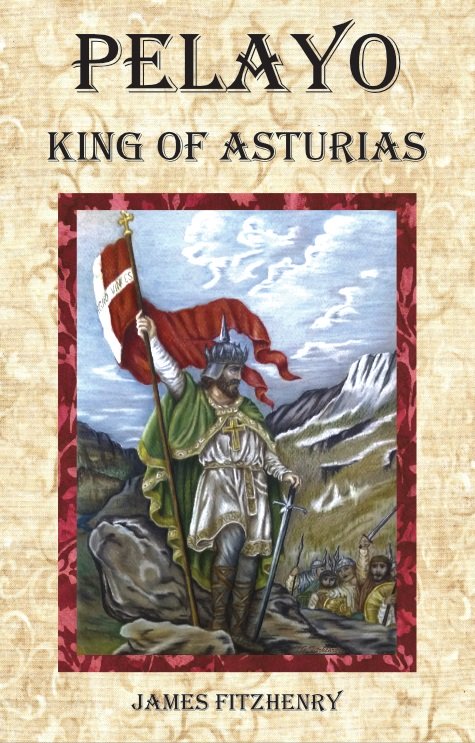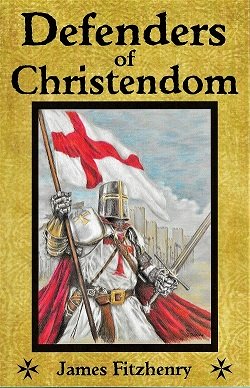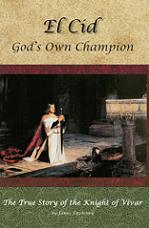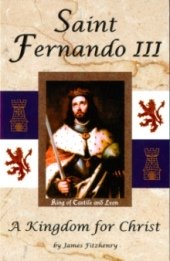Feast of the Circumcision
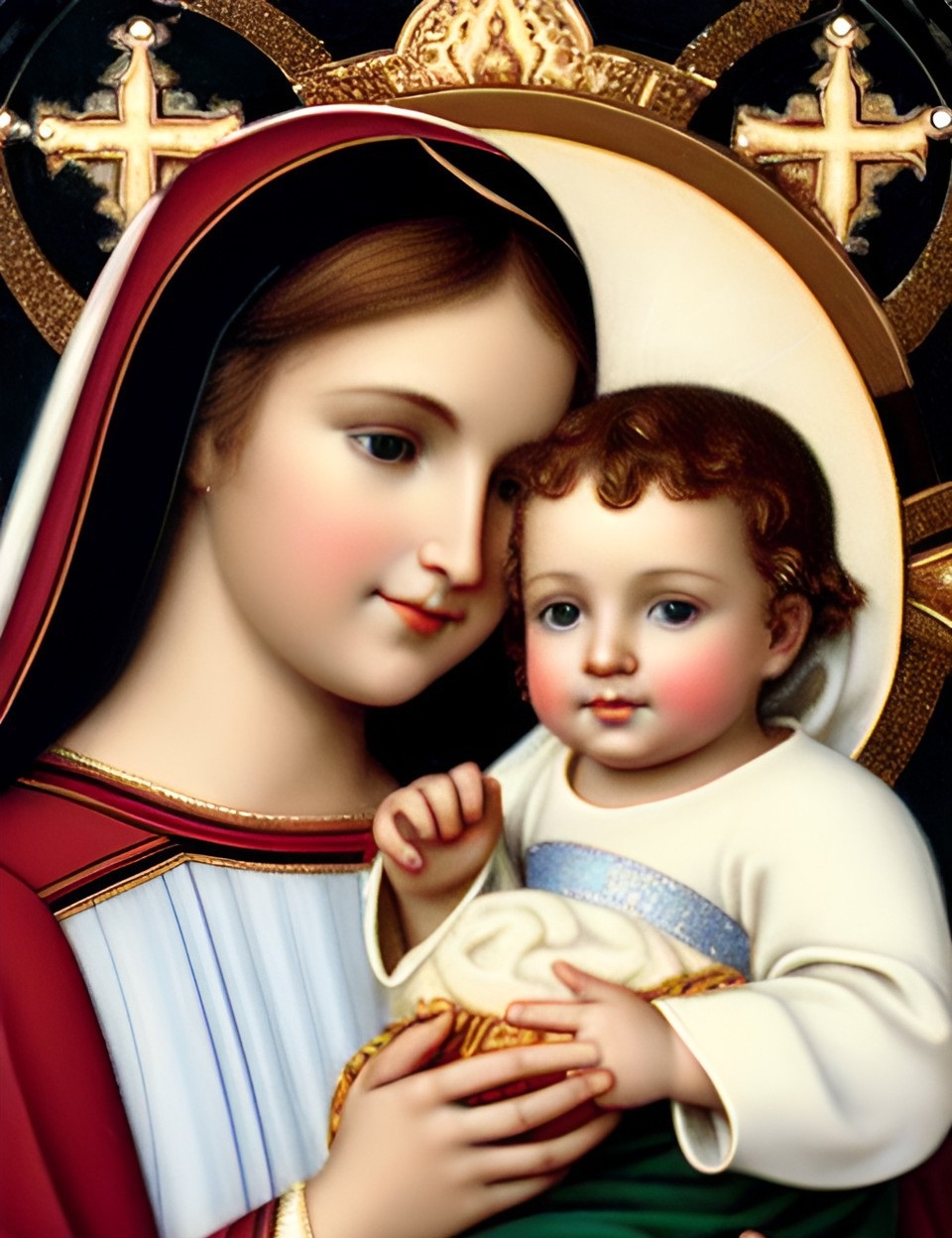
The Feast of the Circumcision of Our Lord
The Feast of the Circumcision of Our Lord is an important event in the Christian calendar that commemorates the circumcision of Jesus Christ while an infant. It is celebrated on January 1st, exactly eight days after Christmas. This feast holds great significance in the Christian faith as it not only marks the beginning of Jesus' life in accordance with Jewish law but also symbolizes his entry into the covenant between God and humanity.
The practice of circumcising male infants on the eighth day after birth is based on the commandment given by God to Abraham in the book of Genesis (17:11-13): “And you shall circumcise the flesh of your foreskin, that it may be for a sign of the covenant between me and you. An infant of eight days old shall be circumcised among you, every man child in your generations: he that is born in the house, as well as the bought servant shall be circumcised, and whosoever is not of your stock: And my covenant shall be in your flesh for a perpetual covenant.”
It is interesting to note that there is a clotting factor in the blood called prothrombin which is at its highest level on the eighth day after birth. Prothrombin is a protein that helps blood to clot and is dependent on vitamin K, which is produced by bacteria in the intestines. According to several studies, the level of prothrombin in the blood of newborns is very low in the first days of life, and then gradually increases until it reaches its lifetime average of 100% on the eighth day. The Jews have followed this commandment of circumcision for thousands of years, long before the scientific discovery of prothrombin and vitamin K.
Feast of the Circumcision
Origins and Historical Significance of the Feast
The origins of this feast of Our Lord can be traced back to the early Christian Church. According to the Gospel of Luke, Mary and Joseph took Jesus to the temple in Jerusalem to fulfill this religious obligation. This event not only highlighted Jesus' obedience to the law but also emphasized his identification with the Jewish people.
The Feast of the Circumcision symbolizes more than just a Jewish ritual, as it became a celebration of Jesus' role as the savior of all humanity and his willingness to fully embrace the human condition. This feast serves as a reminder of the humility and love with which Jesus entered the world to redeem mankind. The act of circumcision itself involved the first shedding of Our Lord's precious blood, foreshadowing His ultimate sacrifice which was the superabundant manifestation of His love for us in His sacrifice on the cross.
The Theological Meaning Behind the Circumcision
The theological significance of the Circumcision of Our Lord lies in the connection between Jesus' circumcision and his mission on earth. By undergoing this ritual, Jesus demonstrated his obedience to God's law and his identification with the Jewish people. This act of obedience foreshadowed his ultimate sacrifice on the cross, where he would shed his blood for the salvation of humanity.
Furthermore, the circumcision of Jesus symbolizes his entry into the covenant between God and humanity. In the Old Testament, circumcision was a sign of the covenant between God and Abraham, marking the people of Israel as God's chosen ones. Jesus' circumcision represents the new covenant between God and all believers. It signifies that through Jesus, all people have access to salvation and can enter into a personal relationship with God.
Traditions and Customs Associated with the Feast
The Feast of the Circumcision of Our Lord is celebrated with various traditions and customs around the world. Special liturgical services are held, where prayers and hymns are offered in honor of Jesus' circumcision. The feast is also an occasion for families to come together and share a meal, often featuring traditional dishes and delicacies. Some cultures have specific customs associated with this feast, such as lighting candles, exchanging gifts, or even reenacting Jesus' circumcision in nativity plays. These practices reinforce the connection between Jesus' circumcision and the ongoing covenant between God and humanity.
In the Roman Catholic Church, the day is also recognized as the Solemnity of Mary, the Mother of God. Masses are celebrated, and special prayers are offered to honor Mary's role in the incarnation of Jesus.
Feast of the Circumcision in Different Cultures and Countries
The Feast of the Circumcision of Our Lord is celebrated in various ways across different cultures and countries. In many Latin American countries, it is a significant religious holiday known as the Feast of the Holy Name of Jesus. It is a time for communities to come together for Mass, processions, and vibrant celebrations, showcasing their deep devotion to Jesus.
In Ethiopia, the feast is celebrated as Timkat, a three-day event commemorating Jesus' baptism in the Jordan River. The faithful gather near bodies of water, where priests bless the water and reenact the baptismal ceremony. It is a joyous occasion filled with music, dancing, and colorful processions.
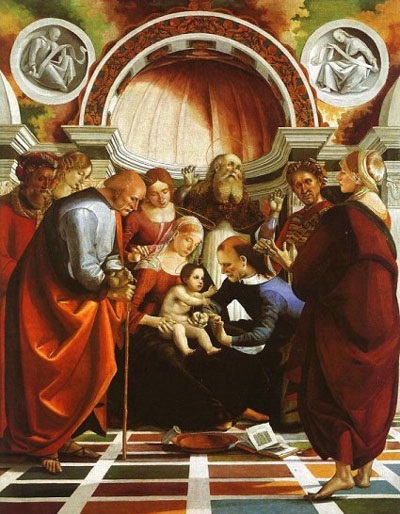
Conclusion
The Feast of the Circumcision of Our Lord is a time of deep reflection and gratitude for the sacrifice Jesus made for our salvation. This feast reminds us of the humility and love with which Jesus embraced the human condition, despite knowing the suffering that awaited him.
The Feast is a significant event in the Christian calendar that holds deep theological meaning and rich traditions. It commemorates Jesus' obedience to God's law, his identification with the Jewish people, and his entry into the covenant between God and humanity. This feast serves as a reminder of Jesus' sacrifice on the cross and his invitation to all believers to enter into a personal relationship with God.
As we celebrate the Feast of the Circumcision, let us reflect on the significance of this event in our lives and renew our commitment to live out the values it represents. The Feast serves as a reminder that our faith should not be a mere intellectual exercise but a transformative journey that shapes our character and actions. May we embody, to the best of our ability, the humility, obedience, and love of Jesus in our daily lives.
Now Available!!
Pelayo's resistance initiated the nearly 800-year-long Reconquista to take back his country from the ruthless invader who had conquered his homeland and sought to erase his culture and his faith. His actions would lay the foundations of a Kingdom for Christ that would eventually reach around the world and spread the Catholic faith to millions of souls. Read more...
Please help us continue to bring high quality books to our readers at the lowest possible price! Click the link below! Thank you!
Now Available!
Catholic Vitality Publications presents . . .Brand new by
James Fitzhenry
Now in paperback!
Battles - Honor - Miracles! This
book is filled with amazing stories of little-known Catholic heroes presenting
spectacles of bravery and valor never exceeded in all the annals of history. read more. . .
Now Available for $24.95
Also available:
Catholic Vitality Publications
Roman Catholic books currently published by Catholic Vitality Publications:
El Cid, God's Own Champion
-the amazing true story of the life of Rodrigo Diaz, El Cid!
Available for only $22.95
St. Fernando III
A Kingdom for Christ
- King St. Fernando III, born 100
years to the month after the death of
the Cid. His life was filled with miracles
and many conquests!
Available now for $26.95
Discounts available for bulk
orders and for bookstore
retail sales! Just contact us

